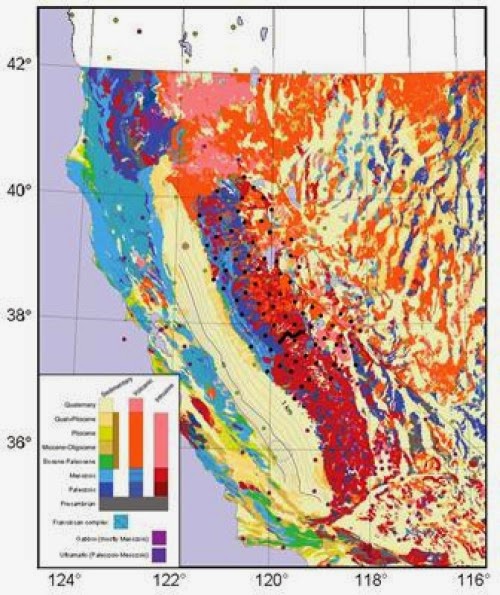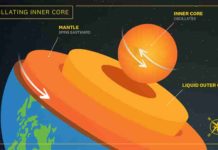
In an addition to Geosphere’s ongoing themed issue series, “Geodynamics and Consequences of Lithospheric Removal in the Sierra Nevada, California,” Craig H. Jones of the University of Colorado Boulder and colleagues examine the seismological study of the entire extent of the U.S. Sierra Nevada range using seismograms collected in the Sierra Nevada EarthScope field experiment from 2005 to 2007.
Their results reveal that the entire eastern Sierra overlies low-velocity upper mantle and lacks the dense, quartz-poor lower crust that they say must have existed 80 million years ago when the granites of the range were created.
Jones and colleagues write that this missing dense material probably was removed within the past 10 million years. “Previous workers,” they note, “have suggested it might be within a high-velocity mantle anomaly under the southeastern San Joaquin Valley,” which is “the right size to be the old, dense rock previously under the eastern Sierra.”
They argue, however, that the geometry and extent of earth within the anomaly does not appear to be consistent with it being a piece of old subducted ocean floor. This would mean that a long strip of dense rock under the Sierra somehow deformed into a steeply plunging ellipsoid at the southwestern edge of the range. This conclusion suggests that the range rose within the past 10 million years as this dense material fell away to the west and south. Finally, Jones and colleagues note that something similar might be underway at the northern edge of the range.
Note : The above story is based on materials provided by Geological Society of America.










